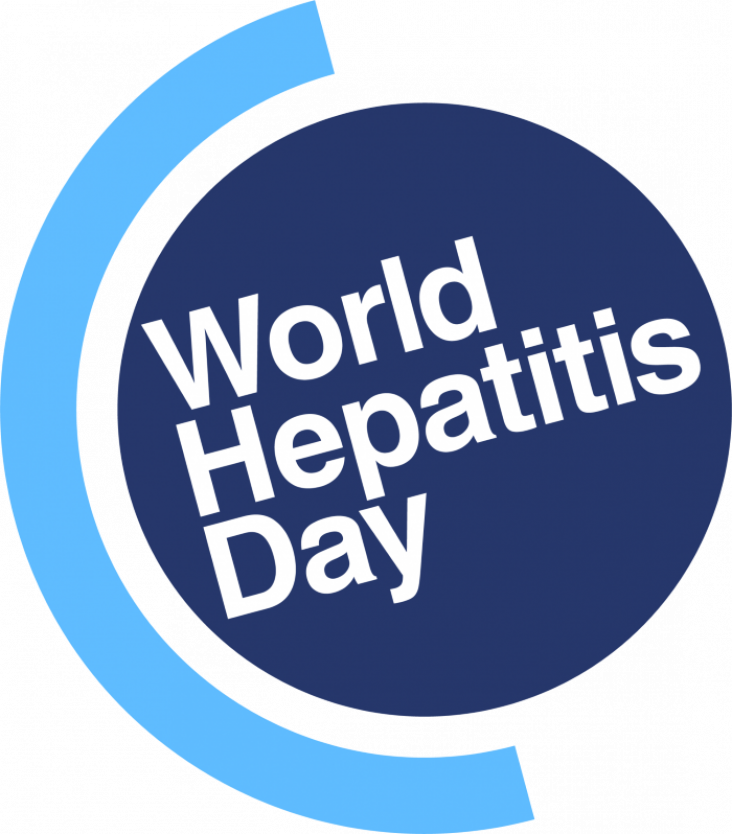A Viewpoint, in the context of SDG 3 and 9, exploring the impact and potential of China's Smart Eldercare model, which harnesses digital technologies to improve the quality of life of China's fast-expanding ageing population, including nearly 10 million people with Alzheimer's disease.
This Article supports SDG 3 by assessing the impact of the private outsourcing of NHS services in England, finding that rates of treatable mortality increased as outsourcing increased.
This Article supports SDG 3 by describing the barriers to multidisciplinary care for patients with breast cancer in Latin America, and suggesting that active involvement from all stakeholders is required to build solutions.
The objective of this paper was to upport the development of an integrated water, sanitation, and hygiene (WASH) and nutrition, social, and behavior change strategy aimed at reducing stunting, formative research was conducted in 2 program sites in western Kenya.

Each year, World Hepatitis Day is observed on 28 July to raise awareness of viral hepatitis, which causes inflammation of the liver that leads to severe disease and liver cancer. Elsevier is proud to present a freely available special collection of journal articles and book chapters highlighting hepatitis research.
A Personal View in support of SDGs 3 and 13, summarising the current evidence on climate change and mental health, and outlining opportunities for methodological improvement and innovation in this research field.
A Viewpoint on the interplay between social, climate, and health challenges in Latin America and the Caribbean, in the context of SDGs 3, 10, and 13, highlighting the need to address these challenges with adaption and mitigation policies that prioritise people's health and wellbeing.
A Viewpoint in support of SDGs 3, 13, and 17, proposing a range of strategies for developing a 'public health playbook', to counter the 'corporate playbook' used by powerful commercial actors to protect their business interests at the expense of population health and wellbeing, including numerous health-harming and planet-harming industries, such as tobacco, alcohol, gambling, pharmaceuticals, ultraprocessed foods and beverages, firearms and weapons, automobiles, social media and technology, oil and gas, and chemicals.
Addressing poverty as a core aim of the intervention approach galvanized strong multisectoral buy-in across these projects, as poverty is a common challenge among the populations targeted by all rural institutions. Regular information sharing through workshops and other meetings provided opportunities for cross-sector interactions which resulted in mutual learning and an appreciation for multisectoral engagement.
A Comment on dementia and Alzheimer's disease costs, in the context of SDG 3, focusing specifically on the costs of care in Europe.
Dementia is a syndrome characterized by progressive cognitive and functional impairment, most commonly caused by Alzheimer's disease and other neurodegenerative and cerebrovascular disorders. Costs of care increase dramatically with progressing disease severity, and increasing dementia prevalence due to ageing populations is raising concerns about the sustainability of future costs of dementia care. A new study shows that social welfare systems in Europe cover most of the direct costs of dementia, however they do not protect families and households against the burden of informal care. Meier and colleagues1 set out to calculate the economic costs of dementia in 11 European countries, by combining microdata from a population-based survey with estimates of dementia prevalence. Data for Austria, Belgium, Czechia, Denmark, Estonia, France, Germany, Italy, Slovenia, Spain, and Sweden was obtained from six waves of the Survey of Health, Ageing, and Retirement in Europe (SHARE). The survey captured out-of-pocket expenditures for health and social care as well as unpaid informal care. Costs attributable to dementia were estimated using linear regression, controlling for comorbidities and demographic factors. Finally, costs were combined with prevalence estimates to calculate the annual cost of dementia by country.
